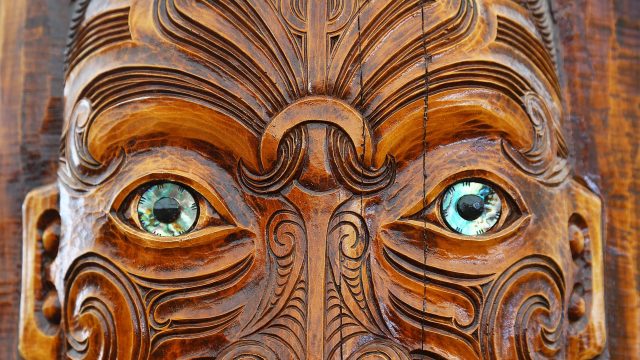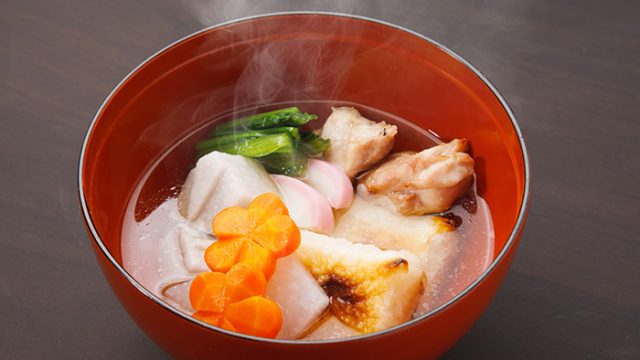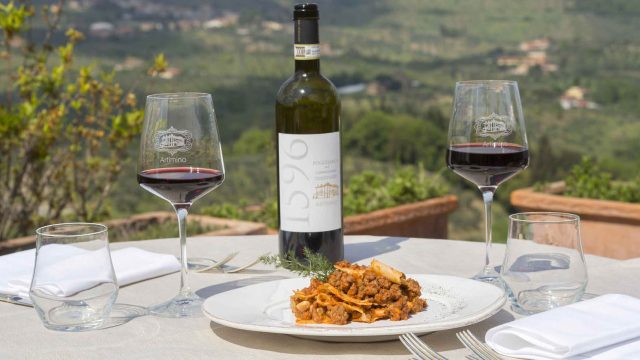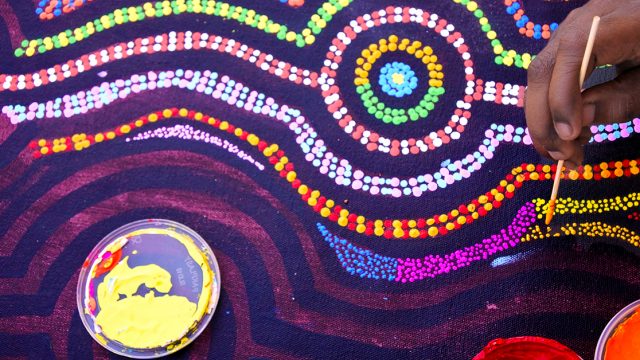Articles found in: Peru

Making Travel Meaningful: Connecting with Indigenous Communities
Published on August 20, 2024
Making Travel Meaningful: Connecting with Indigenous Communities By: Gina Bang, Chief Sales & Marketing Officer, Avanti Destinations In a world increasingly dominated by mass tourism, travelers are seeking more meaningful experiences. Immersing yourself in the traditions of indigenous communities offers a window into a world that is both ancient and profoundly different from our own. […]
Keep reading
Unexpected Holiday Dishes Around the World – with recipes
Published on December 11, 2023
Unexpected Holiday Dishes Around the World – with recipes By: Gina Bang, Director of Marketing, Avanti Destinations One of the best-loved parts of any holiday is the special food we celebrate with, both savory and sweet. Here, we present 12 holiday specialties – with links to recipes – from countries as diverse as Morocco, Japan, […]
Keep reading
Savor the Journey: 5 Immersive Culinary Experiences for the Foodie in You
Published on September 28, 2023
Savor the Journey: 5 Immersive Culinary Experiences for the Foodie in You If the thought of learning to cook a delicious dish in a local kitchen makes your taste buds tingle with excitement, this post is for you. By Dominique Ferrari, Collette Ever considered donning a chef’s apron on your next vacation? We’ve curated a […]
Keep reading
Ten Countries for Crafts with a Cause
Published on October 27, 2021
Ten Countries for Crafts with a Cause By Overseas Adventure Travel In survey after survey, up to 76% of consumers say that they’d rather spend their money on experiences than things. They further cite “meaning,” “inspiration,” “fun,” and “learning” as outcomes they seek. Travelers can count on all of the above on one of Overseas […]
Keep readingLive Like a Local in Peru
Published on August 6, 2015
From mountains to deserts, from city to sea, Peru’s diverse landscape is as rich as its culture and has had many stories to share since ancient times. Join Kelley Ferro, travel expert and video journalist as she journey’s through Peru with USTOA tour operator Travcoa. Known as a culinary capital of South America, Peru is […]
Keep readingPeru’s Sacred Valley
Published on June 8, 2015
by Colin Roohan, AFAR Ambassador Peru is a beautiful country where the topography varies drastically. When I flew into mountainous Cusco from coastal Lima the beauty (but mainly the altitude) took my breath away! My tour group was to visit some of the popular towns and archeological sites in and around what is called the […]
Keep readingThe Hills Are Alive with the Sounds of the Inca
Published on June 1, 2015
by Kelley Ferro I remember those history classes back in high school where we memorized dominant civilizations that shaped the world as we know it. Even in textbooks, the Incan Empire was particularly impressive with their communal practices, integration of other people and their (mostly) peaceful expansions across Western South America. But it’s hard to […]
Keep readingLima Peru: The City of Kings
Published on May 27, 2015
by Colin Roohan, AFAR Ambassador My plane landed on a warm and humid evening, the ocean’s fog in combat with light, city-smog. I’ll admit I didn’t know much about Lima, but after a few days of guided, local experiences led by USTOA tour operator Travcoa, I fell in love with Lima’s charm. It’s an inviting […]
Keep reading
